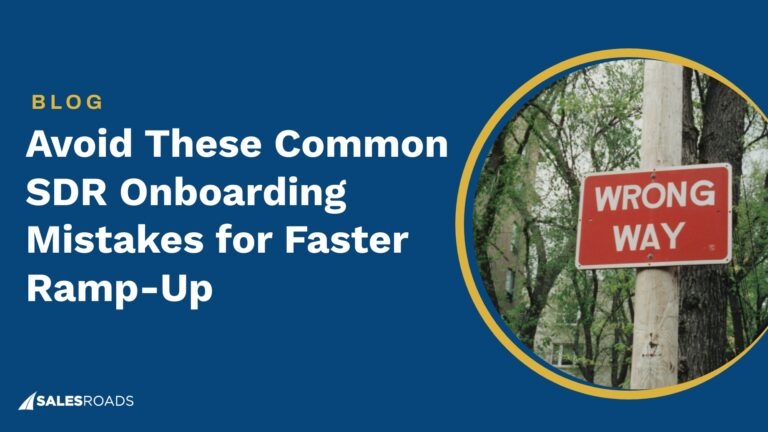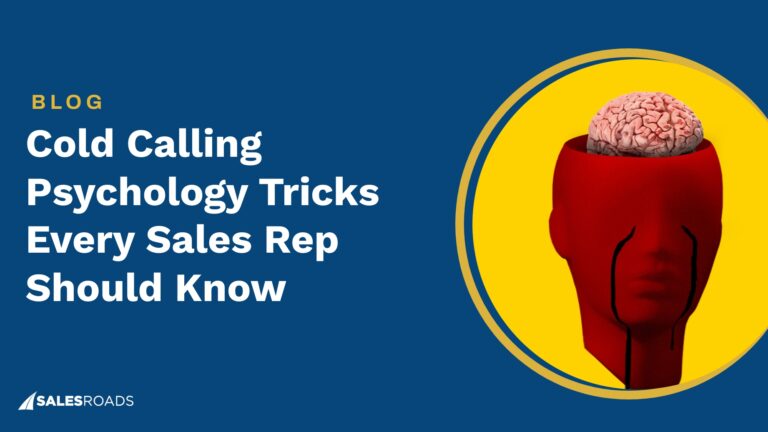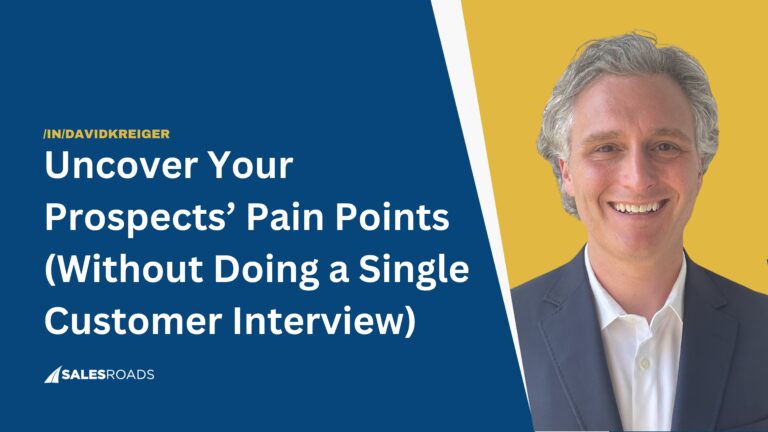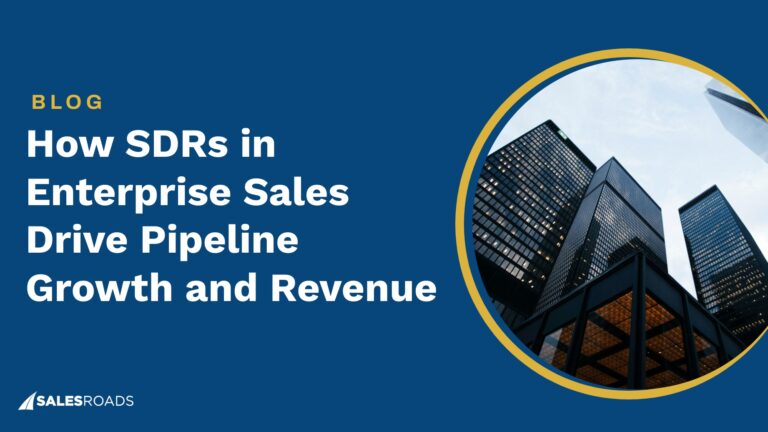In the fast-paced world of sales, the strategies employed to engage potential clients are as critical as the products you offer.
Businesses often employ a diverse array of lead generation tactics rather than depending solely on a single method, recognizing this as a highly effective approach to enriching their sales pipeline. However, among these various strategies, appointment setting stands out as the most direct and impactful technique for engaging potential clients.
Appointment Setting vs. Lead Generation: Core Differences
While appointment setting operates under the lead generation framework, it is unique in its direct engagement with qualified leads.
Let’s explore the nuanced relationship between appointment setting and lead generation, highlighting their core differences and the synergistic role they play in crafting an effective sales strategy:
Divergent goals of lead generation and appointment setting
Though intertwined in the sales process, lead generation and appointment setting possess divergent goals that cater to different stages of the sales funnel.
Lead generation is characterized by its open-ended, expansive approach – using sales and marketing tactics to gather a wide range of contacts. Its goal is to fill the sales funnel with prospects through strategies like content marketing, cold calling, or social selling.
On the other hand, appointment setting has a more targeted objective, focusing on converting leads into concrete sales opportunities by scheduling dedicated meetings or calls. It’s a transition from a broader brand-awareness goal to a more focused, conversion-oriented approach, essential for moving potential clients closer to the final purchasing decision.
Influence on the sales pipeline
The combined influence of lead generation and appointment setting on the target audience and sales pipeline is substantial.
Lead generation is crucial in building a vast sales pipeline, attracting a diverse range of potential clients, and thus expanding the market reach. In contrast, appointment setting deepens the impact within this pipeline. It involves engaging with selected leads on a more personal level, enhancing the quality of interactions, and moving these prospects closer to a purchasing decision.
The synergy of these strategies ensures a balanced focus on both expanding and enriching the client base.
Differing metrics of success
Success in lead generation and appointment setting is measured using different but complementary metrics.
In lead generation, the key indicators of success include the volume of leads generated, how well these leads fit your ICP, and the overall size of the sales pipeline. It’s about quantity and potential reach.
Appointment setting, however, is assessed based on the effectiveness of engagement – the number of qualified appointments set, response rates, and the depth of interactions with potential clients. These metrics reflect the quality of leads and their proximity to making a purchase decision.
Together, these measures provide a holistic view of the sales strategy’s effectiveness.
Why Appointment Setting is One of the Best Lead Generation Strategies?
Leveraging the most effective strategies for lead generation is crucial. You can find tons of prospects from content marketing and other lead generation efforts, but this doesn’t mean all of those leads are qualified.
Appointment setting streamlines leads into qualified prospects and feeds them directly to your sales team by scheduling a discovery call. It’s not just a method of engaging potential clients, but a strategic tool that can significantly enhance the lead generation process.
From increasing conversion rates to facilitating personalized communication, appointment setting provides a ton of benefits:
Streamlining the sales process
By pre-qualifying leads, appointment setting ensures that sales professionals focus their efforts on the most promising prospects. For instance, when a sales team schedules appointments, they filter leads based on specific criteria such as interest level, budget, and decision-making authority.
This targeted method not only saves time but also increases the probability of successful conversions. As a result, sales reps can allocate their time and resources more effectively, engaging with leads that are more likely to result in a sale, rather than spreading their efforts thinly over a less focused group.
Enhanced target market reach
Appointment setting empowers sales teams to effectively penetrate their target market, enabling direct engagement with key decision-makers and C-level executives. Unlike broad-spectrum marketing tactics, appointment setting hones in on individuals who hold sway in the purchasing process.
This direct touch not only elevates the potential for sales but also ensures that your product is presented to those who have the authority and interest to make purchasing decisions, thereby enhancing market penetration and reach.
Building relationships for the future
Each interaction offers an opportunity to establish lasting relationships that could lead to future business opportunities. Even if an appointment does not result in an immediate sale, the connection made can pave the way for referrals, partnerships, or future collaborations.
Because a prospect to whom you’ve lost a deal carries more future opportunities than a cold lead that you’ve never engaged with. David Kreiger, the founder of SalesRoads, exemplifies this approach with a standout narrative on the Daily Sales Tips podcast: By keeping in touch with a prospect who initially chose a competitor, he unlocked doors to not one but two subsequent opportunities.
Listen to the story here:
Increased sales opportunities
Appointment setting allows for more focused and personalized interactions with prospects. This targeted approach enables sales professionals to tailor their pitches to meet the specific needs and interests of each potential customer, which increases the likelihood of successful conversions.
A sales rep might find that leads generated through targeted appointment setting are more receptive to sales pitches, leading to a higher closing rate compared to leads generated through more general marketing efforts.
Each of these benefits underscores the multifaceted value of appointment setting within the lead generation and sales process, highlighting its role not just in driving immediate sales but also in contributing to long-term business growth and efficiency.
In What Ways does Appointment Setting Differ from Other Lead Generation Strategies?
While appointment setting is a part of the broader lead generation narrative, its approach and impact set it apart in a class of its own. But what exactly makes appointment setting stand out from other lead generation tactics?
Let’s uncover the unique facets of appointment setting:
- It facilitates direct interactions with decision-makers, a feature not always guaranteed in other lead generation strategies. While methods like mass email campaigns or content marketing cast a wide net, appointment setting targets the key individuals who have the power to make purchasing decisions.
- It involves a deeper level of lead qualification, often including a thorough, personalized assessment of a lead’s level of interest. This contrasts with some lead generation methods that may prioritize quantity over quality. In appointment setting, sales teams take the time to understand each lead’s specific needs, pain points, and buying stage.
- The real-time interaction allows sales teams to quickly adapt their messaging based on the responses. Unlike indirect lead generation methods, where feedback might be delayed or less specific, appointment setting provides valuable insights directly from the source.
- The timeline from initial contact to conversion can be notably shorter in appointment setting, owing to its direct and focused nature. While other lead generation strategies may involve a lengthy nurturing process, appointment setting aims to engage qualified leads who are closer to making a purchasing decision. This immediacy can significantly reduce the sales cycle.
Each of these aspects underscores how appointment setting offers a unique approach within the lead generation spectrum, focusing on directness, depth, and efficiency, and thereby serving as an invaluable tool for sales professionals.
Crafting an Outbound Lead Generation Framework for Appointment Setting
Developing a robust outbound lead generation framework tailored for appointment setting is a critical endeavor for sales professionals.
In this section, we’ll explore the various facets of creating an effective appointment setting campaign, from refining your ICP to leveraging technology and data-driven insights:
Tailoring ICP and buyer persona for precision
Customizing your ICP and buyer personas is a crucial step in enhancing the precision of your appointment setting campaign.
This involves a deep understanding of who your ideal customers are, their pain points, preferences, and decision-making processes. For instance, if you’re targeting technology managers in medium-sized businesses, your ICP should reflect specific attributes like company size, technology needs, budget constraints, and typical challenges faced.
By aligning your appointment setting efforts with these detailed personas, you can ensure that your outreach is more relevant and engaging, significantly improving the chances of setting appointments with leads that are more likely to convert.
Optimizing cold outreach for effective appointment conversion
Refining cold outreach methods, such as emails and calls, is vital in directly securing appointments and boosting the lead generation process. The key lies in crafting messages that resonate with your target audience and prompt a response.
An effective cold email might start with a compelling subject line, followed by personalized content that addresses the recipient’s specific challenges and offers a clear CTA to schedule an appointment. Similarly, cold calls should be scripted to quickly capture interest and lead to an appointment setting. These methods, when optimized, are powerful tools for converting cold leads into scheduled appointments.
Maximizing social selling for strategic appointment acquisition
Social selling has become an indispensable part of strategic appointment acquisition. Platforms like LinkedIn offer a rich ground for not just engaging with leads but also effectively scheduling appointments.
Building a strong professional presence on social platforms, sharing insightful content, and actively engaging in discussions are pivotal for sales professionals aiming to establish credibility and attract potential leads. In fact, this approach has proven its worth, as evidenced by a revealing statistic: 31% of B2B professionals have reported that social selling has not only facilitated connections but also enabled them to forge deeper, more meaningful relationships with their clients.
Direct messaging on these platforms, when used tactfully, can lead to the scheduling of appointments. After a meaningful interaction on a LinkedIn post, transitioning to a private message to propose a focused discussion or meeting can be a seamless and effective way to acquire appointments.
Integrating technology to streamline appointment setting
Numerous tools and technologies exist to improve the appointment setting process. Automation solutions such as CRM software support efficient tracking and management of appointments.
Utilizing CRM systems, appointment scheduling software, and automated email tools can significantly streamline various aspects of appointment setting. These technologies can help track interactions with leads, schedule appointments effortlessly, and follow up systematically.
Personalizing communication to enhance appointment success
Personalizing communication, especially in cold calling, is a crucial strategy for enhancing lead generation efforts. Tailoring your cold call script to address the specific needs, interests, and context of each lead can significantly boost the effectiveness of these calls.
A sales rep might reference a recent industry development relevant to the lead’s business or mention specific challenges faced in their industry. This level of customization in cold calls demonstrates a deep understanding of the lead’s situation, making them feel valued and heard.
Such personalized communication not only elevates the quality of interaction but also increases the probability of the lead agreeing to an appointment. It’s about creating a connection that resonates with the lead, laying the groundwork for trust and interest, which are key in converting cold calls into successful appointments.
Data-driven refinement of appointment setting strategies
Employing a data-driven approach to continuously refine your appointment setting strategies is vital for its success. This involves analyzing performance data such as response rates, conversion rates, and the effectiveness of different outreach channels.
By examining this data, sales teams can identify what works best and adjust their strategies accordingly. For example, if data shows that a particular cold call opening line yields higher conversation rates, it can be used as a model for future calls. Continuous analysis and adjustment ensure that your appointment setting strategy remains effective and efficient over time.
When to Decide Outsourcing Appointment Setting?
Businesses often encounter the critical decision of whether to manage appointment setting in-house or to outsource it. This choice can significantly impact the efficiency and success of your sales processes.
There are several key factors to consider, from resource limitations and cost-benefit analysis to scalability, expertise, and technological needs. In this section, we’ll explore these crucial aspects to help you determine when outsourcing appointment setting might be the most strategic move for your business:
Assessing in-house resource limitations
Recognizing when your in-house resources are stretched too thin is vital for effective appointment setting. Indicators such as limited personnel, lack of specialized skills, or inadequate technology can significantly hamper your ability to set quality appointments.
If your team is consistently overwhelmed with other tasks or lacks the expertise in cold calling techniques, it might be a sign to consider outsourcing. These limitations can lead to missed opportunities and inefficiencies, prompting the need for external expertise to fill the gaps and enhance your appointment setting capabilities.
Evaluating cost-benefit of outsourcing vs. in-house management
Conducting a thorough cost-benefit analysis is essential in deciding between maintaining an in-house appointment setting team or outsourcing. This evaluation should encompass all aspects including training, equipment, and operational costs.
Outsourcing may offer cost savings by eliminating the need for extensive training programs and technology investments. Comparing these costs against the potential outcomes and quality of appointments generated will guide you in making an informed decision that aligns with your business’s financial and operational goals.
Considering expertise and industry-specific knowledge
Outsourcing can bring in specialized expertise and industry-specific knowledge that might not be available in-house. Professionals in appointment setting services often have a wealth of experience and a deep understanding of different industries, enabling them to tailor their approach effectively.
This expertise can be particularly valuable in complex B2B environments where understanding the nuances of a particular sector can significantly enhance the quality and success rate of appointments set. For instance, SLED and FED appointment setting requires a special expertise than private appointment setting.
Addressing fluctuations in lead generation volume
Outsourcing appointment setting can be particularly advantageous in managing fluctuations in lead generation volume. Whether it’s seasonal spikes, market trends, or unexpected changes in demand, an outsourced team can provide the necessary capacity to handle these variations efficiently.
This flexibility ensures that your appointment setting efforts remain consistent and effective, regardless of the flow in lead generation volume, allowing your business to maintain a steady pace in securing valuable sales opportunities.
Bottom Line
While a myriad of lead generation tactics are available, appointment setting emerges as a particularly effective method. It uniquely positions businesses to have direct interactions with decision-makers, offering a more personalized engagement and a deeper qualification process.
As the landscape of sales continues to evolve, mastering the art of appointment setting will remain a key differentiator for businesses looking to thrive. For companies that may lack the resources to build an in-house team for appointment setting, outsourcing emerges as a viable and effective solution.
FAQs
1. What are common obstacles in appointment setting?
Common obstacles in appointment setting include reaching decision-makers due to gatekeeping barriers, managing a congested sales pipeline, ensuring the leads are adequately qualified, and initiating a meaningful conversation within a brief interaction window. Another challenge is tailoring the communication to resonate with the unique needs and pain points of each prospect, which requires in-depth knowledge of the target market and personalized strategy.
2. How can you ensure your brand is represented well by a vendor?
It’s vital to conduct thorough vetting before you partner with a partner. This includes checking their track record, understanding their strategy, and ensuring their communication style aligns with your brand values. It’s also essential to provide comprehensive brand guidelines, engage in regular training sessions with them, and establish clear communication channels to provide feedback and adaptations to the strategy as needed.
3. How to choose an effective appointment setting vendor?
When choosing an effective appointment setting partner, look for one with proven expertise in your industry and check references to gauge their success with past clients. Evaluate the agency’s approach to lead qualification and their customization capabilities for communication and strategy. Consider the tools and technology they use—such as CRM and AI—and assess how they integrate these resources to streamline their process.
4. How are the results of appointment setting services measured?
The results of appointment setting services are measured using a variety of metrics, including the number of qualified appointments scheduled, conversion rates from appointments to sales, average open rates, click-through rates, and replies to outreach messages. These indicators help assess the effectiveness of the campaign and inform ongoing strategy refinement to maximize the ROI of the appointment setting efforts.











